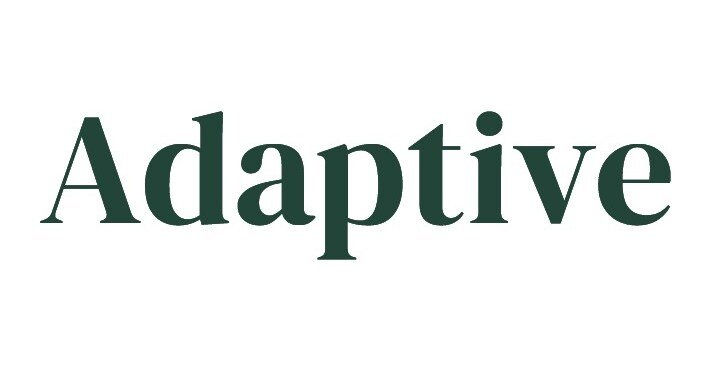Introduction
Flexible zoning has emerged as a vital concept in modern urban planning and development, especially in the context of adaptive use strategies. It refers to the creation of zoning regulations that allow for a broader range of land uses within a particular area, enabling properties to evolve in response to changing economic conditions, societal needs, and market demands. By moving away from rigid, single-use zoning classifications, flexible zoning fosters innovation, resilience, and sustainability in how land is utilized, particularly in urban centers experiencing rapid transformation.
Understanding the Role of Flexible Zoning
Traditional zoning practices often compartmentalize cities into rigid zones designated exclusively for residential, commercial, or industrial use. While this approach can offer stability, it often hampers adaptability, especially in neighborhoods facing shifting demographics or economic trends. Flexible zoning addresses this limitation by allowing for mixed uses or by providing mechanisms such as conditional use permits, overlay districts, or form-based codes that can accommodate a variety of development types within a given area. This flexibility enables properties to be repurposed more easily, whether for housing, retail, offices, or community uses, depending on what the market and community require over time.
Adaptive Use and Economic Revitalization
Flexible zoning is crucial in supporting adaptive use projects, where existing buildings are modified for new purposes rather than being demolished and rebuilt. By permitting different uses within the same structure or site, flexible zoning reduces barriers to redevelopment and lowers the costs and complexities associated with bringing properties back to life. This not only preserves the cultural and architectural heritage of communities but also stimulates economic revitalization by encouraging investment, innovation, and new business opportunities. Older industrial buildings, for example, can be transformed into vibrant residential lofts, coworking spaces, art galleries, or boutique retail centers under flexible zoning frameworks.
Benefits for Sustainable and Resilient Communities
Flexible zoning contributes significantly to creating sustainable and resilient urban environments. It allows for denser, mixed-use developments that support public transportation, reduce reliance on automobiles, and promote walkability. By enabling a dynamic blend of residential, commercial, and recreational spaces, flexible zoning fosters communities where people can live, work, and play without long commutes, thereby enhancing the quality of life and reducing environmental impact. Moreover, the adaptability inherent in flexible zoning means that communities are better prepared to respond to economic downturns, population shifts, and technological advances without being constrained by outdated regulations.
Implementation Challenges and Considerations
While flexible zoning offers many advantages, it also presents challenges that must be thoughtfully managed. Balancing flexibility with the need for predictability and stability in neighborhoods can be complex, as residents and businesses often seek assurances about future land uses. Effective implementation requires careful planning, transparent community engagement, and well-crafted regulations that provide clear guidelines while maintaining the necessary adaptability. Issues such as parking requirements, infrastructure capacity, and compatibility of different uses must also be addressed to ensure that flexible zoning enhances, rather than disrupts, the character and functionality of urban areas.
Conclusion
Flexible zoning is an essential tool for fostering adaptive use, promoting economic vitality, and building sustainable, resilient communities. By allowing properties to shift uses as market demands and societal needs evolve, flexible zoning supports innovation and preserves the relevance of urban areas over the long term. As cities and regions continue to confront rapid change, embracing flexible zoning principles will be crucial for creating vibrant, inclusive, and future-ready environments that serve diverse populations and economic activities. Thoughtful planning and community involvement will ensure that flexible zoning achieves its full potential while maintaining harmony and stability within growing cities.
Hashtags
#FlexibleZoning #AdaptiveReuse #UrbanPlanning #SustainableDevelopment #SmartGrowth #ZoningLaws #CommunityDevelopment #HistoricPreservation #MixedUseSpaces #InnovativeDesign #UrbanRevitalization #LandUse #BuildingCommunity #ZoningReform #ArchitecturalAdaptation #ResilientCities #SpaceOptimization #FutureOfUrbanism #DesignForChange #CivicEngagement


